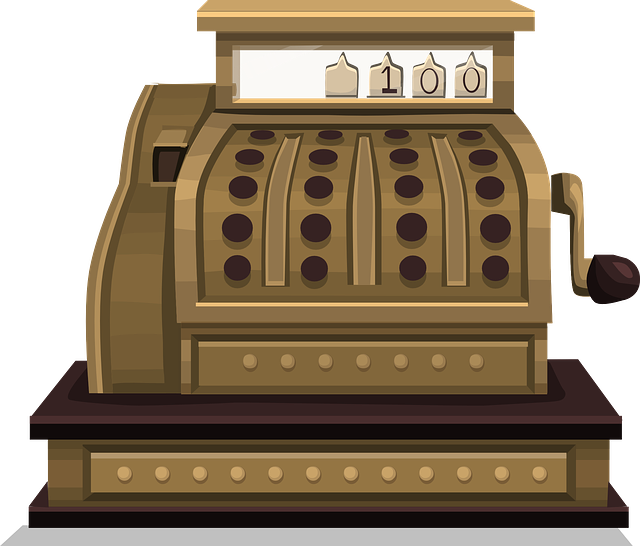Discounted Cash Flow is a valuation technique or model that discounts the future cash flows of a business, entity, or asset for the purposes of determining its value.
One aspect of investment decision-making entails discovering the fair value of investments. The DCF rests on the principle that an asset’s fair value is the present value of all its future cash flows. Investors seek such value to
- Determine a fair valuation for assets such as financial securities, business entities or divisions, or any asset that produces future cash flows
- Compare an asset’s estimated DCF value with its market price today
- Decide whether to purchase an asset or dispose of an investment holding
- Compare the values of various assets or financial securities
Uses and Roles of DCF
DCF is used in areas such as
- Portfolio Management
- Financial analysts use DCF to find the fair or fundamental value of financial securities such as stocks and bonds
- Using DCF estimates, analysts make stock buy or sell recommendations to their clients
- Portfolio managers use DCF results to decide on which financial securities to add or remove from their portfolios
- Typically, DCF analysis results in comparison between an asset’s DCF value and its market price
- If DCF value > market price = asset is undervalued
- If DCF value < market price = asset is overvalued
- If DCF = market price, asset is fairly valued
- Investment Banking and Private Equity
- Investment bankers use DCF to determine appropriate values for transactions in
- Mergers and Acquisitions
- Leverage Buyouts
- Management Buyouts
- Investment bankers use DCF to determine appropriate values for transactions in
- Corporate Finance and Management
- In corporate finance, DCF is used in capital budgeting to assess the profitability of company-specific projects such as
- Investing in new fixed assets or equipment
- Replacing existing assets or equipment
- Investing in new business divisions or subsidiaries
- In corporate finance, DCF is used in capital budgeting to assess the profitability of company-specific projects such as
How is DCF performed?
DCF uses a time-value based formula to determine the value today, of a single or set of future cash flows. The main steps in performing DCF can be summarized as follows
- Define a time period or horizon
- DCF models require a time period for which the future cash flows will be projected
- Time horizons are typically chosen between 1-10 years
- However, the longer the period chosen, the more uncertainty there will be regarding forecast figures
- Determine the discount rate
- This is the rate used to find the present value of all future cash flows
- Depending on the asset being valued, the discount rate can be
- The cost of equity
- The cost to the firm of its equity capital. This is basically the return demanded by its equity or stock holders
- Used when valuing a firm’s equity or stock
- The weighted average cost of capital (WACC) – also referred to as the cost of capital
- Used to find the value of the entire company or firm
- Takes into consideration the cost of all sources of capital providers: common equity holders, preferred equity holders, and debt holders
- The cost of equity
- Define the asset or financial security’s cash flows. For example, they can be defined as
- Dividends
- Free cash flows
- Find the asset’s current cash flows or earnings
- This is found by looking at current financial statements and determining the company’s current or historical dividends or free cash flows
- Develop expected or projected growth rates
- Growth rates will be used to forecast expected future cash flows within a specified time horizon
- With multiple and indefinite future cash flows, determine a perpetual or stable growth rate
- Usually when valuing company cash flows, an assumption must be made regarding when a company’s cash flows will “stabilize” and grow consistently at the same rate into the future
- Using the projected growth rates, determine the future cash flows within the time period specified
- Using the discount rate above, find the present value of each future cash flow component
Advantages and Disadvantages
Advantages of DCF
- Is a fundamentally sound valuation technique that can be used to determine fair or intrinsic value
- DCF can be used to assess the market’s gauge of a particular investment’s value.
- DCF is particularly useful with companies that generate stable cash flows
- Can be used with companies that have negative earnings
Disadvantages of DCF
- It can be very hard to make accurate projections
- DCF Values are also highly sensitive to its assumptions and estimates. Even minor changes in estimates can cause large swings in value, which causes uncertainty to be large
- DCF is geared for long-term investing horizons, and might not suitable for short-term investors.
- In some cases, a long time horizon is needed, which makes the assumptions even more uncertain
Conclusion
The Discounted Cash Flow model or technique is a method used to determine an asset’s fair or intrinsic value. Its premise rests on the principle that an asset’s fundamental value is the sum of the present values of its expected future cash flows. The present value of such cash flows is found by discounting their future values using a discount rate. DCF is an important valuation tool extensively used in portfolio management, investment banking, and corporate finance
Key Words: Discounted, Cash Flow, DCF, Model, Technique, Valuation, Method, Fundamental, Intrinsic, Value, Investment, Asset, Financial, Securities, Statements, Decision, Making, Future, Cash, Flow, Portfolio, Management, Analyst, Market, Price, Undervalued, Overvalued, Banking, Private, Equity, Corporate, Finance, Time, Period, Horizon, Discount, Rate, Discounting, Cost, Equity, Debt, Weighted, Average, Capital, Firm, Dividends, Expected, Projected, Assumptions, Growth, Earnings, Indefinite, Perpetual,

 Ross Lo Giudice’s Blue Chip Challenge Investment Strategy
Ross Lo Giudice’s Blue Chip Challenge Investment Strategy Motley Fool Stock Picks Revealed (updated March 1, 2021)
Motley Fool Stock Picks Revealed (updated March 1, 2021) Return on Equity
Return on Equity